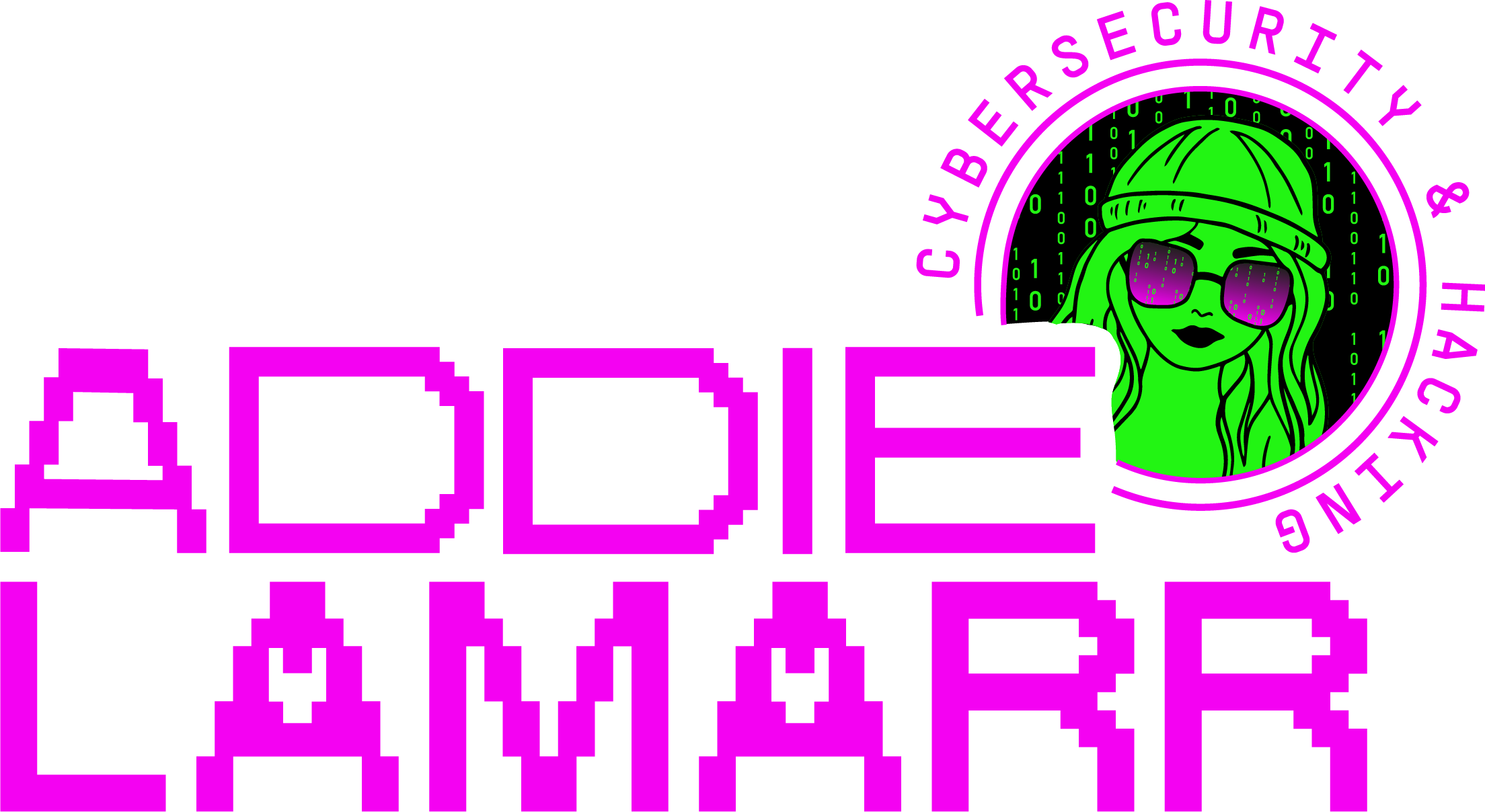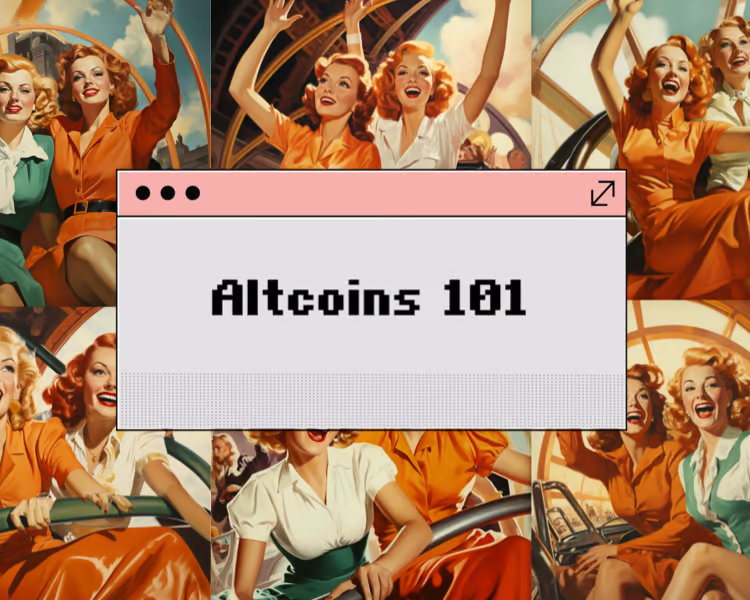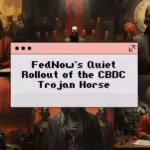A New Era Dawns: The Birth of Bitcoin
In 2008, amidst a global financial crisis, a mysterious figure named Satoshi Nakamoto introduced a solution that would change the financial world forever – Bitcoin.
Think of Bitcoin as a kind of digital gold.
Just as gold is rare and needs to be mined from the earth, Bitcoin is rare in the digital world and must also be ‘mined’, but using complex computer calculations.
Nakamoto’s vision wasn’t just about creating a new currency.
It was about creating a decentralized system, where transactions didn’t rely on middlemen like banks.
Instead, transactions were recorded on a public ledger called the ‘blockchain’.
Imagine it like a giant, public book of records where every Bitcoin transaction ever made is written down for everyone to see.

Altcoins: Beyond the World of Bitcoin
As Bitcoin gained popularity, a burst of excitement rippled through the tech world.
Developers began wondering, “What if we could do more with this blockchain idea?”
From this spark of curiosity, other cryptocurrencies, known as ‘Altcoins’ (short for alternative coins), were born.
These are like Bitcoin’s siblings, each with their own unique talents and features.
Diving Deeper: Understanding Altcoins
What’s the difference between Bitcoin and Altcoins?
While Bitcoin was the pioneer, the first of its kind, Altcoins are the subsequent generations, often building on Bitcoin’s foundation but with tweaks and improvements.
Some offer faster transaction times, some prioritize privacy, and others offer a platform to build more applications on top.
Types of Altcoins: A Quick Breakdown
Mineable vs. Non-mineable: Remember the digital gold mining we mentioned earlier?
Some Altcoins, like Bitcoin, are ‘mineable’, meaning they require computational effort to be produced.
Others are pre-produced or created using different methods, making them ‘non-mineable’.

Coins vs. Tokens: Here’s a way to think about it: all squares are rectangles, but not all rectangles are squares.
Similarly, all tokens are coins, but not all coins are tokens.
Coins, like Bitcoin and its direct alternatives (Litecoin, Bitcoin Cash, etc.), have their own independent blockchains or platforms.
Tokens, on the other hand, operate on existing platforms, like tickets to a theme park.
Ethereum, for instance, is a platform that allows other tokens to be created on it.
In conclusion, the world of cryptocurrencies didn’t just stop with Bitcoin.
The idea exploded into a myriad of possibilities, each with its own promise and potential.
As we delve deeper into this newsletter, we’ll explore the vast and fascinating landscape of these digital currencies and understand why they matter in today’s world.
Stepping into Ethereum’s World
If Bitcoin was the pioneer, blazing trails in the digital wilderness, Ethereum is like the architect, designing skyscrapers in the newly established city.

Ethereum, like Bitcoin, is a cryptocurrency platform.
But what sets it apart?
Two key things: Smart Contracts and Decentralized Applications (DApps).
Imagine going to a vending machine.
You put in a dollar, and out comes a candy bar.
This process is automated, without needing a cashier.
That’s what a Smart Contract on Ethereum is like: an automated agreement that executes by itself when certain conditions are met.
Now, combine several smart contracts, and you can create a DApp.
Think of DApps as smartphone apps, but instead of being controlled by companies, they run on a decentralized network, making them more transparent and resistant to censorship.
Ether (or ETH) is the lifeblood of the Ethereum platform, serving as its native cryptocurrency.
It’s like the coins or notes in your pocket, but for the digital realm of Ethereum.
The Ethereum Ecosystem’s Tools and Innovations
- Ethereum Virtual Machine (EVM): Think of EVM as the operating system that allows these DApps and smart contracts to function. It’s the engine under Ethereum’s hood.
- Solidity: This is the language developers use to write smart contracts on Ethereum, like how English is used to write novels.
- ERC-20 and ERC-721 tokens: ERC-20 tokens are like standard coins, think of them as different brands of candy in our vending machine example. On the other hand, ERC-721 tokens are unique, like collectible action figures, where each one has distinct characteristics.
In terms of updates, Ethereum is always evolving. One significant upgrade to note is Ethereum 2.0, which promises to make the system faster, more secure, and more efficient.
Why are Altcoins Important?
A World of Digital Possibilities
Altcoins, as we’ve learned, go beyond just Bitcoin. But why should we pay attention to them?

- Innovation and Diversity: Imagine a toolbox. Bitcoin might be the hammer, but sometimes you need a wrench, a screwdriver, or even a tape measure. Different altcoins serve various purposes, from faster transactions to better privacy.
- Increased Accessibility: Think of altcoins as doors to the world of cryptocurrency. While Bitcoin might be a large, ornate door that’s a bit hard to push open, other altcoins can be easier entrances, allowing more people to step into the world of digital finance.
- Decentralization and Security: Relying on just one currency is like putting all your eggs in one basket. If that basket breaks, all eggs are lost. Diverse altcoins mean a safer, decentralized system.
- Competition: Just as competition between businesses leads to better products, competition between altcoins leads to better technology and features.
- Niche Markets: Some altcoins are tailored for specific uses. There are coins that prioritize complete privacy for its users, stablecoins that aim to maintain a steady value, and tokens designed for particular industries like entertainment or real estate.
In essence, the world of altcoins is vast and varied, holding promise for a decentralized future where power and control are distributed, rather than held by a select few.
Potential Use Cases of Altcoins
Bridging Financial Gaps with Altcoins
Imagine a world where sending money across countries is as easy as sending a text, without the hefty fees or the long waits.
Through altcoins, we’re inching closer to this reality.
With specialized coins like Stellar Lumens (XLM), cross-border payments become more efficient, and people can send remittances back home without a massive chunk being taken by intermediaries.
Streamlining Supply Chains

Let’s picture a coffee bean’s journey from a farm in Colombia to a café in New York.
It travels through farmers, exporters, shippers, roasters, and retailers.
With certain altcoins, every step of this bean’s journey can be recorded transparently, ensuring that everyone involved gets their fair share and that your coffee’s origin story is clear and traceable.
Leveling Up the Gaming World
Gamers unite!
The gaming universe is vast, and tokens specific to gaming can make in-game transactions smoother.
Think of it like having universal tokens at an arcade, accepted at every game booth.
Revolutionizing Finance with DeFi
Decentralized Finance, or DeFi for short, is like rebuilding the financial world without the banks.
Instead of storing your money in a traditional bank, imagine being able to lend or borrow directly from others, earn interest, or even take out insurance.
Altcoins play a pivotal role in fueling these DeFi platforms.
Art and Collectibles in the Digital Age with NFTs
Ever wanted to own a piece of unique digital art, music, or collectible?
NFTs or Non-fungible tokens make this possible.
Each NFT is a one-of-a-kind token, proving ownership of a unique item or piece of content. It’s like having an autographed poster, but in the digital world.
Challenges Facing Altcoins
The Rollercoaster Ride of Prices

One day, an altcoin’s price skyrockets, and the next, it plummets.
This price volatility can be exciting for some but nerve-wracking for others.
Additionally, the crypto market is young and can sometimes be swayed by influential figures or unfounded rumors.
Walking the Regulatory Tightrope
As governments and institutions try to understand altcoins, they’re also working on rules and regulations.
This can pose challenges, as the line between fostering innovation and ensuring safety is often thin.
Growing Pains: Scalability and Interoperability
Think of a small town growing into a bustling city.
As it grows, it faces traffic jams and needs better roads.
Similarly, as more people use certain altcoins, there can be congestion.
Making these coins scalable (able to handle more transactions) and interoperable (able to communicate with other platforms) is a hurdle developers are leaping over.

The Big Fish in the Pond
Bitcoin, being the first cryptocurrency, has a significant presence.
Newer altcoins must work to establish their credibility and utility in the face of competition from such established giants.
Navigating the world of altcoins is like exploring a vast, uncharted territory.
While there’s immense promise and potential, there are also challenges to overcome.
As the crypto landscape evolves, it’ll be fascinating to see how altcoins shape our digital future.
Future Prospects of Altcoins
Charting the Crypto Winds: Predicted Trends
If the cryptocurrency market were an ocean, then we’ve only dipped our toes in its vast expanse.

Analysts and crypto-enthusiasts are seeing patterns and trends suggesting a dynamic future.
For instance, we could witness more altcoins catering to specific industries, like health or education, similar to how certain tools are designed for specific tasks.
Handshakes in the Digital World: Integrations and Partnerships
Remember when paying with a credit card online was a new thing?
Now, imagine a near future where altcoins might be a standard payment option at your local grocery store or online streaming service.
Major businesses could partner with certain altcoins, weaving cryptocurrencies more tightly into our daily lives.
Blockchain’s Evolving Tapestry
Blockchain, the backbone of altcoins, isn’t static.
It’s evolving.
Newer, more efficient versions are being developed.
This evolution means future altcoins might be faster, more secure, and even more versatile.
Imagine cars evolving from basic models to electric self-driving ones; similarly, blockchain’s journey could transform the capabilities of altcoins.
The Digital Renaissance: Altcoins at the Forefront

From the dawn of Bitcoin to the myriad of altcoins today, we’re witnessing a digital renaissance, a new age where finance, technology, and innovation meld seamlessly.
Altcoins aren’t just digital coins; they represent a kaleidoscope of possibilities, each coin bearing the promise of a solution, an innovation, or a revolution.
As we stand at this exciting crossroads, it’s essential to remember that the world of altcoins, much like our universe, is ever-expanding.
To harness its potential, one must continue to learn, adapt, and evolve.
So, dear reader, keep that spark of curiosity alive, delve deeper into this fascinating realm, and ride the waves of the crypto revolution.
After all, in the digital age, knowledge isn’t just power; it’s the currency of the future.
Stay curious,
Addie LaMarr



